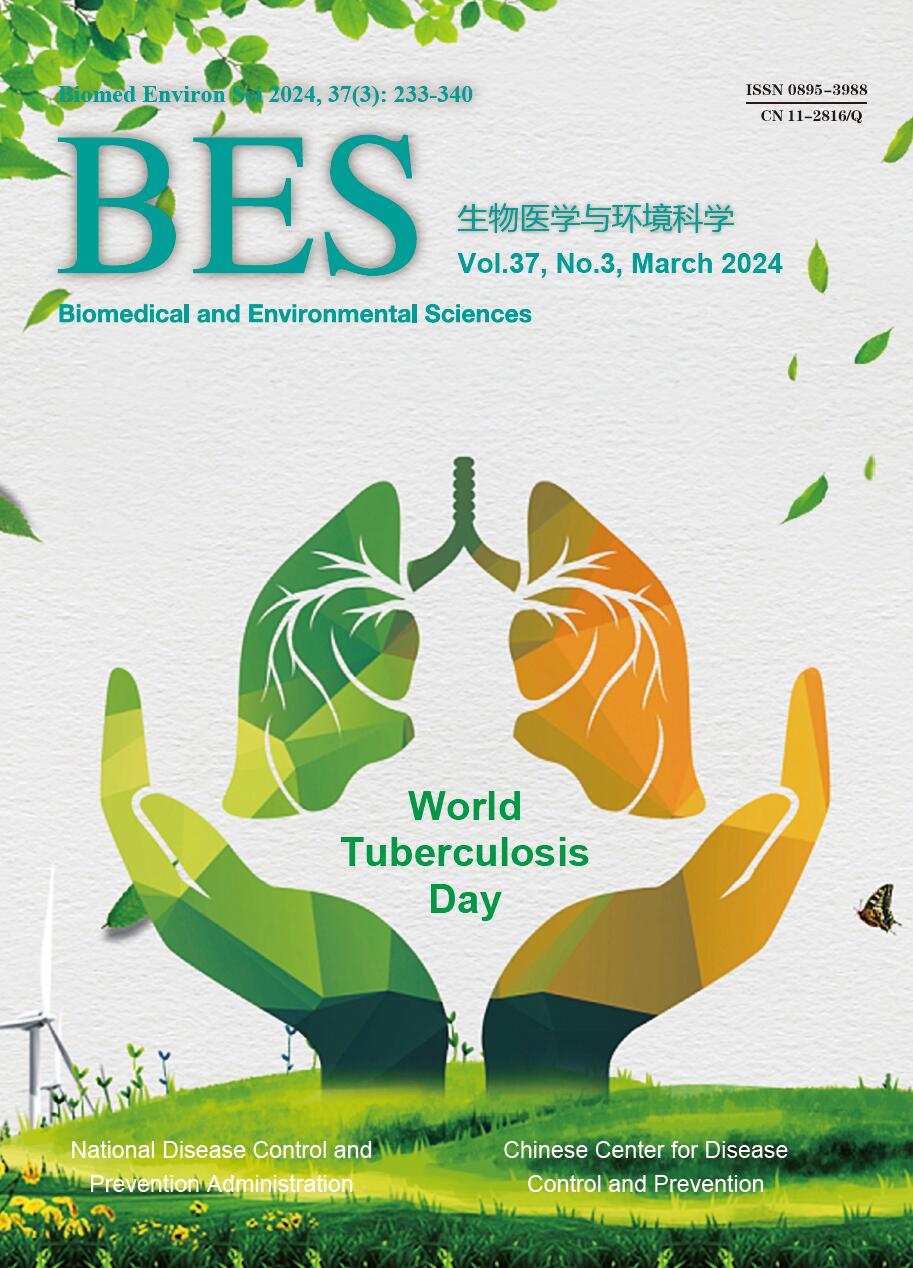2015 Vol. 28, No. 3
ObjectiveInterferon-γ (IFN-γ) plays an important role in apoptosis and was shown to increase the risk of diabetes.Visfatin, an adipokine, has anti-diabetic, anti-tumor, and regulating inflammatory properties. In this study we investigated the effect of visfatin on IFN-γ-induced apoptosis in rat pancreatic β-cells. MethodsThe RINm5F (rat insulinoma cell line) cells exposed to IFN-γ were treated with or without visfatin. The viability and apoptosis of the cells were assessed by using MTT and flow cytometry. The expressionsof mRNA and protein were detected by using real-time PCR and western blot analysis. ResultsThe exposure of RINm5F cells to IFN-γ for 48 h led to increased apoptosis percentage of the cells. Visfatin pretreatment significantly increased the cellviability and reduced the cell apoptosis induced by IFN-γ. IFN-γ-induced increase in expression of p53 mRNA and cytochrome c protein, decrease in mRNA and protein levels of anti-apoptotic protein Bcl-2 were attenuated by visfatin pretreatment. Visfatin alsoincreasedAMPK and ERK1/2phosphorylation and the anti-apoptotic action of visfatin was attenuated by the AMPK and ERK1/2 inhibitor. ConclusionThese results suggested that visfatin protected pancreatic islet cells against IFN-γ-induced apoptosis via mitochondria-dependent apoptotic pathway. The anti-apoptotic action of visfatin is mediated by activation of AMPK and ERK1/2 signaling molecules.
ObjectiveTo develop a dressing with desired antibacterial activity, good water maintaining ability and mechanical properties for wound healing and skin regeneration. MethodsThe chitosan with different concentrations were added in keratin solution to form porous keratin/chitosan (KCS) scaffolds. The morphological characteristics, chemical composition, wettability, porosity, swelling ratio and degradation of the scaffolds were evaluated. The antibacterial activity was tested by usingS. aureusandE. colisuspension for 2 h. And L929 fibroblast cells culture was used to evaluate the cytotoxicity of the KCS scaffolds. ResultsThe adding of chitosan could increase the hydrophobicity, decrease porosity, swelling ratio and degradation rate of the KCS porous scaffolds.Mechanical properties of KCS scaffolds could be enhanced and well adjusted by chitosan. KCS scaffolds could obviously decrease bacteria number.The proliferation of fibroblast cells in porous KCS patch increased firstly and then decreased with the increase of chitosan concentration. It was appropriate to add 400 μg/mL chitosan to form porous KCS scaffold for achieving best cell attachment and proliferation compared with other samples. ConclusionThe porous KCS scaffold may be used as implanted scaffold materials forpromoting wound healing and skinregeneration.
ObjectiveTo evaluate the effectof diisononyl phthalate (DINP) exposure during gestation and lacta-tion on allergic response in pups and to explore the role of phosphoinositide 3-kinase/Akt pathway on it. MethodsFemale Wistar rats were treated with DINP at different dosages (0, 5, 50,and 500 mg/kg of body weight per day). The pups were sensitized and challenged by ovalbumin (OVA). The airway response was assessed; the airway histological studies were performed by hematoxylin and eosin (HE) staining; and the relative cytokines in phosphoinositide 3-kinase (PI3K)/Akt pathway were measured by enzyme-linked immunosorbent assay (ELISA) and western blot analysis. ResultsThere was no significant difference in DINP’s effect on airway hyperresponsiveness (AHR) between male pups and female pups. In the 50 mg/(kg·d) DINP-treated group, airway response to OVA significantly increased and pups showed dramatically enhanced pulmonary resistance (RI) compared with those from controls (P<0.05). Enhanced Akt phosphorylation and NF-κB translocation, and Th2 cytokines expression were observed in pups of 50 mg/(kg·d) DINP-treated group. However, in the 5 and 500 mg/(kg·d) DINP-treated pups, no significant effects were observed. ConclusionTherewas an adjuvant effect of DINP on allergic airway inflammation in pups. Maternal DINP exposure could promote OVA-induced allergic airway response in pups in part by upregulation of PI3K/Akt pathway.
ObjectiveTo investigate the role of extracellular signal-regulated kinase1/2 (ERK1/2) pathway in the regulation of aquaporin 4 (AQP4) expression inculturedastrocytes after scratch-injury. MethodsThe scratch-injury model was produced in cultured astrocytes of rat by a 10-μL plastic pipette tip. The morphological changes of astrocytes and lactate dehydrogenase (LDH) leakages were observed to assess the degree of scratch-injury. AQP4 expressionwas detected by immunofluorescence staining and Western blot, and phosphorylated-ERK1/2 (p-ERK1/2) expression was determined by Western blot. To explore the effect of ERK1/2 pathway on AQP4 expression in scratch-injured astrocytes, 10 μmol/L U0126 (ERK1/2inhibitor) was incubated in the medium at 30 min before the scratch-injury in some groups. ResultsIncreases in LDH leakage were observed at 1, 12, and 24 h after scratch-injury, and AQP4 expression was reduced simultaneously. Decrease in AQP4 expressionwas associated with a significant increase in ERK1/2 activation. Furthermore, pretreatment with U0126 blocked both ERK1/2 activation and decrease in AQP4 expression induced by scratch-injury. ConclusionThese results indicate that ERK1/2 pathway down-regulates AQP4 expression in scratch-injured astrocytes, and ERK1/2 pathway might be a novel therapeutic target in reversing the effects of astrocytes that contribute to traumatic brain edema.
ObjectiveTo explore the relationship between HBV DNA and the clinical manifestations, pathological types, injury severity, and prognosis with HBV-GN. Methods102 patients with HBV-GN were divided into 3 groups, according to the serum titer of the HBV DNA. 24-h urine protein excretion, and other parameters were measured.Renal biopsy were performed. The association between HBV DNA and the pathological stage of membranous nephropathy was analyzed in 78 patients with HBV-MN. 24-h urine protein excretion was used for the evaluation of the prognosis, and the relationship between HBV DNA and prognosis were analyzed. ResultsSeveral findings were demonstrated with the increase of serum HBV DNA: 24-hurine protein excretion, plasma cholesterol, and triglycerides increased significantly (P<0.05), while the plasma level of albumindecreased significantly (P<0.05); The changes of serum creatinine, C3 and C4 were found but no statistical significance. Glomerular deposition of HBVAg increased, and the pathological injury was more severe. The clinical remission rate was lower in the high replication group after treatment as compared with the low replication group (P<0.01). ConclusionWith the increase of serum HBV DNA, the urine protein excretion and the kidney injury were more severe, and the clinical remission rate was decreased.
2015, 28(3): 219-221.
doi: 10.3967/bes2015.029




















 Quick Links
Quick Links